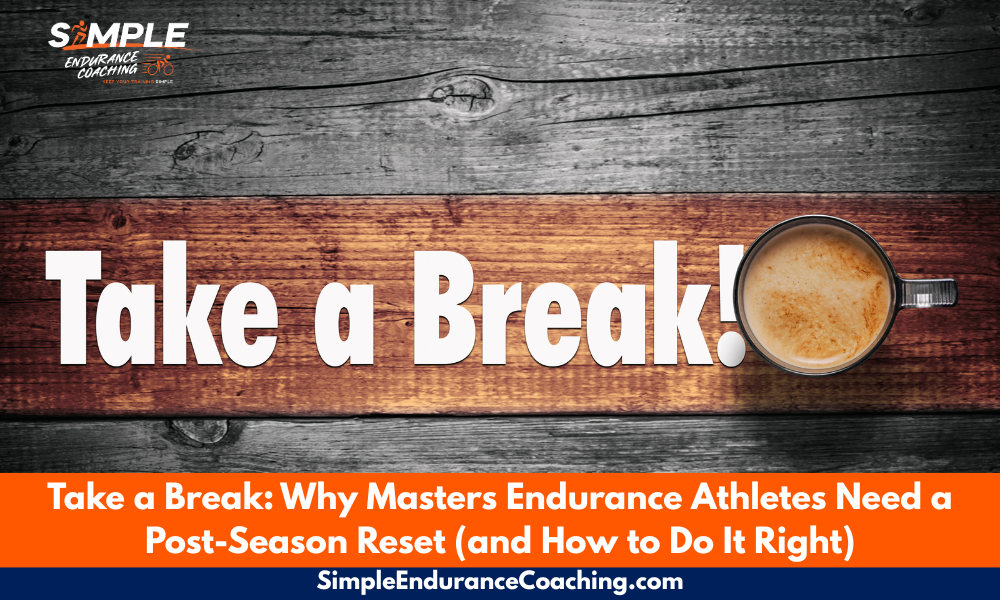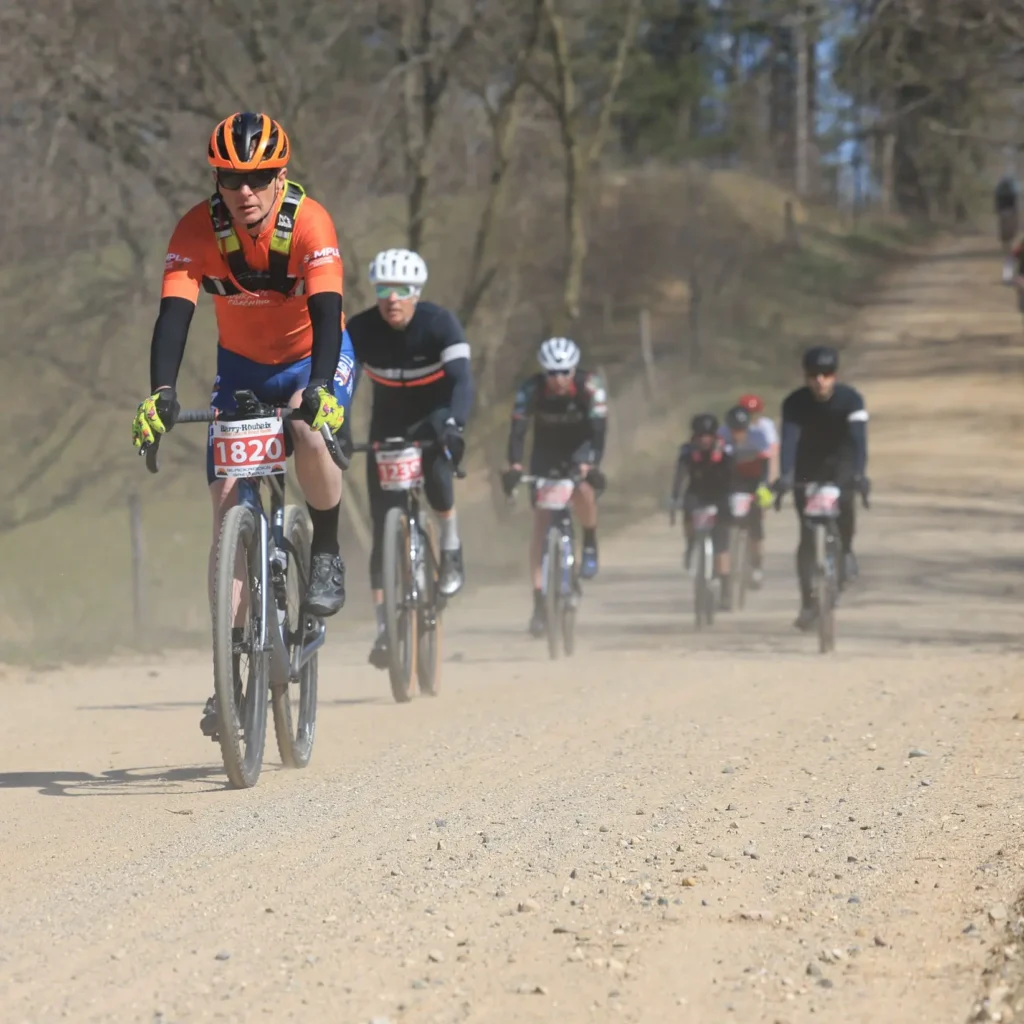
by Coach Paul Warloski
If you’ve been running for a while, you’ve probably heard about strides.
They’re short, fast accelerations, usually tacked onto the end of easy runs, that sharpen your mechanics and give your legs a taste of speed.
Strides don’t take long, they don’t leave you sore, and they don’t replace harder interval training.
But here’s the secret: done consistently, strides can make you a smoother, more efficient runner and help you get more out of your training at every stage of the season.
What Are Strides?
Strides are controlled accelerations, usually 15 to 30 seconds long, at about 85 to 95 percent of your maximum effort. Think of them as “fast but relaxed” running, not all-out sprinting.
- Distance: 50 to 150 meters (80–100m is the sweet spot)
- Effort: Mile to 5K pace, or 85 to 95 percent of max effort
- Form cues: Accelerate smoothly, stay relaxed, keep your posture tall, and ease into the deceleration
The goal is to run quickly while maintaining good mechanics, not to exhaust yourself.
Why Strides Are So Valuable
1. Fine-Tuning Running Mechanics
When you run faster, your body naturally improves its coordination: quicker turnover, better posture, smoother arm drive.
Strides give you regular practice at this without the fatigue of intervals or races.
Over time, that means you move more efficiently at all paces.
2. Neuromuscular Recruitment & Running Economy
Strides teach your body to recruit fast-twitch fibers in coordination with slow-twitch fibers.
This improves running economy—you can hold a faster pace for less oxygen cost.
Many coaches call this “reminding your legs how to run fast.”
3. A Cardiovascular “Micro-Boost”
Even though they’re short, strides push your heart close to its maximum rate.
Repeated often, these micro-bursts help maintain stroke volume (the blood your heart pumps per beat) and cardiac output without the heavy recovery cost of VO₂max workouts.
4. Oxygen Utilization at High Speed
At stride pace, muscles experience oxygen demand near 85 to 95 percent of VO₂max. While each rep is brief, the repeated stimulus improves:
- Mitochondrial enzyme activity (your aerobic “engine”)
- Capillary recruitment in fast-twitch fibers
- The muscle’s ability to use oxygen at high intensities
5. Respiratory & Ventilatory Benefits
Fast strides elevate your breathing rate and tidal volume. This trains your diaphragm and intercostal muscles, helping you breathe more efficiently during races when oxygen demand peaks.
6. Priming for Hard Workouts
Strides improve turnover and form, so when you hit VO₂max intervals (3 to 5 minutes at 95–100 percent VO₂max), you:
- Waste less energy in poor mechanics
Hit target oxygen uptake faster - Sustain higher quality efforts
This makes your hard days more effective.
7. Maintaining Your “Ceiling” Year-Round
Because strides are short and low-fatigue, they’re ideal during base training.
They deliver just enough high-intensity stimulus to prevent detraining at the top end while most of your mileage stays easy.
How to Do Strides
- When: One to two times per week, after easy runs, before speed workouts, or as a race-day warm-up
- How Many: Four to eight per session (beginners start with two to four)
- Recovery: Walk or jog back to the start; rest two to three times as long as the stride took
Key Cues: Smooth acceleration → relaxed fast running → smooth deceleration
Tip: Don’t bunch them into one long effort. Each stride should feel fresh. If you’re straining, you’re going too hard or not recovering enough.
How Strides Fit Into Your Training
Think of strides as the glue between easy mileage and speed work. They don’t replace VO₂max sessions or tempo runs, but they support those workouts by:
- Keeping your mechanics sharp
- Maintaining high-end aerobic readiness
- Preventing detraining in your cardiovascular system during base periods
That’s why many elite coaches prescribe strides two to three times per week year-round.
They’re a low-cost, high-return habit.
Three Things to Know About Strides
- They’re about quality, not quantity. Strides should feel smooth, relaxed, and under control. If you’re straining, they lose their purpose. Four to six well-executed strides are worth far more than ten sloppy ones.
- They’re not sprint workouts. Think of strides as “fast running with good form,” not an all-out dash. Keep them at 85–95% effort and focus on mechanics—you should finish each stride feeling like you could easily do another.
- Consistency matters more than intensity. The biggest benefits come from sprinkling strides into your training week after week, month after month. They work like compound interest—small efforts that add up to major gains over time.
Need more?
Unlock the secrets to mastering gravel racing with our FREE Guide to Gravel Racing! Get yours here.
BOOK A CALL so we can discuss your goals, answer questions, and talk about making your endurance training more effective, fun, and Simple.
Paul Warloski is a:
- USA Cycling Level 1 Advanced Certified Coach
- RRCA Running Coach
- Training Peaks Level 2 Coach
- RYT-200 Yoga Instructor
- Certified Personal Trainer
- Certified Nutrition Advisor




